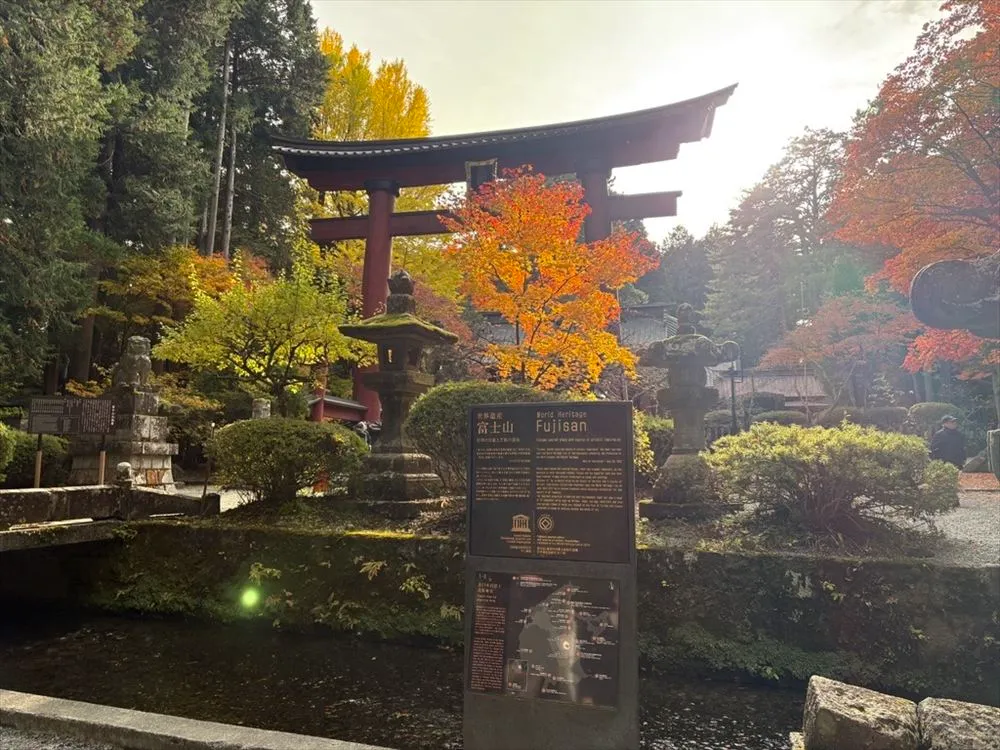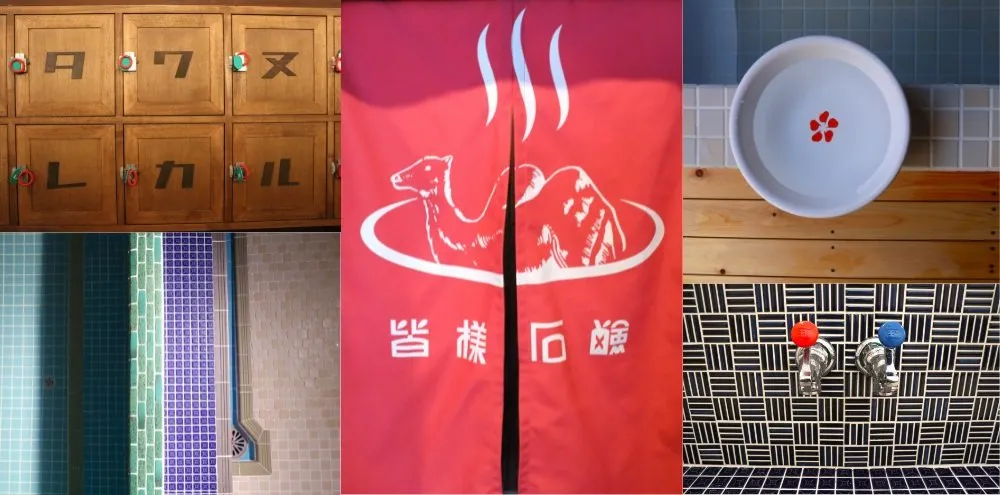In Japan, especially in snowy regions like Hokkaido, winter unveils a beautiful, silver world. Snow-covered mountains and landscapes create a picturesque, almost dreamlike atmosphere that captivates all who visit. Across the country, there are seasonal events and activities unique to winter, offering new discoveries with each visit. To fully enjoy Japan’s winter, it’s essential to understand the local climates and regional characteristics. This article provides a detailed guide to help you make the most of winter in Japan.
Winter in Japan: tips for your trips
Winter weather and climate
In Japan, winter generally spans from December to February, a time when temperatures drop and the cold becomes more intense. However, the climate varies by region. In the northernmost region, Hokkaido, snow begins to accumulate as early as December, and by January and February, the area is blanketed in full snow. The temperatures often dip below freezing, with harsh cold continuing throughout the season. On the other hand, Okinawa in the south remains relatively mild even in winter, with temperatures between 10 and 20 degrees Celsius and little to no snow, offering a more comfortable climate for visitors.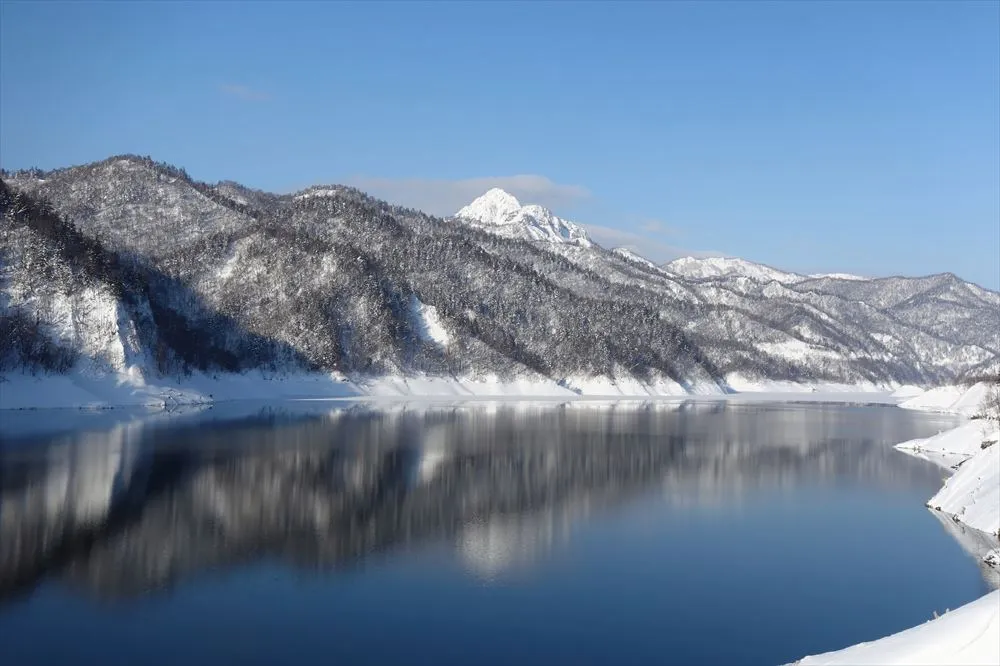
The Sea of Japan side of Honshu is known for heavy snowfall, with areas like Niigata and Toyama famous for their deep snow. In contrast, regions on the Pacific side often enjoy clear skies and drier winters. Although temperatures in urban areas like Tokyo rarely fall below freezing, the chilly winds can make it feel much colder than the actual temperature.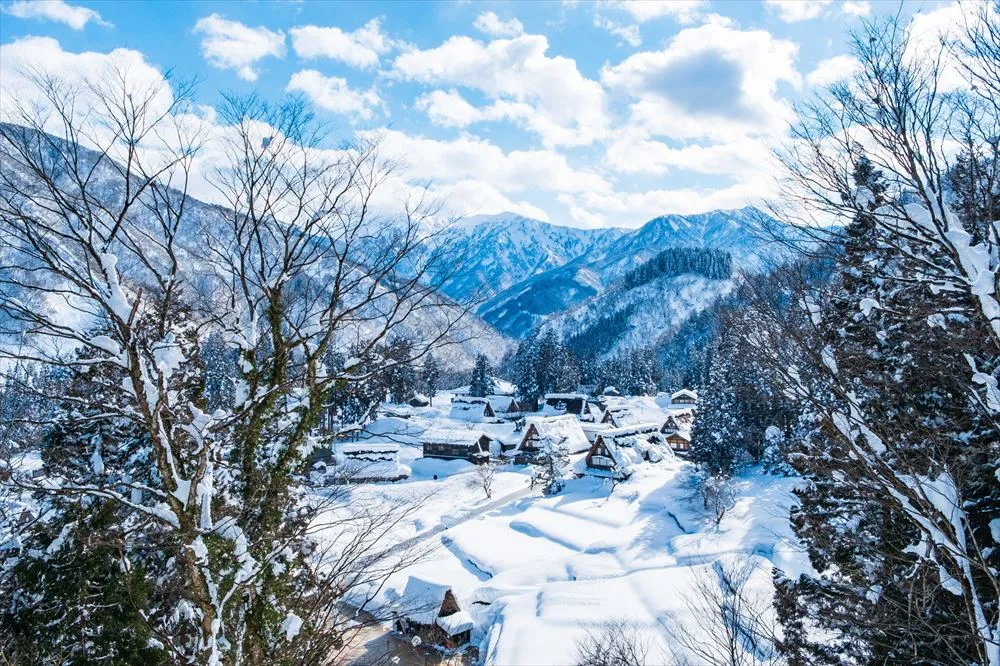
Winter festival and events
Snowy regions in Japan host many festivals and events that showcase the beauty of snow and ice. One of the highlights is the Sapporo Snow Festival, a major event that attracts visitors from around the world. Held every February mainly in Sapporo’s Odori Park, the festival features giant snow and ice sculptures, which are illuminated at night, offering a different kind of beauty compared to the daytime. This event not only showcases local culture and craftsmanship but also provides a magical experience for visitors.
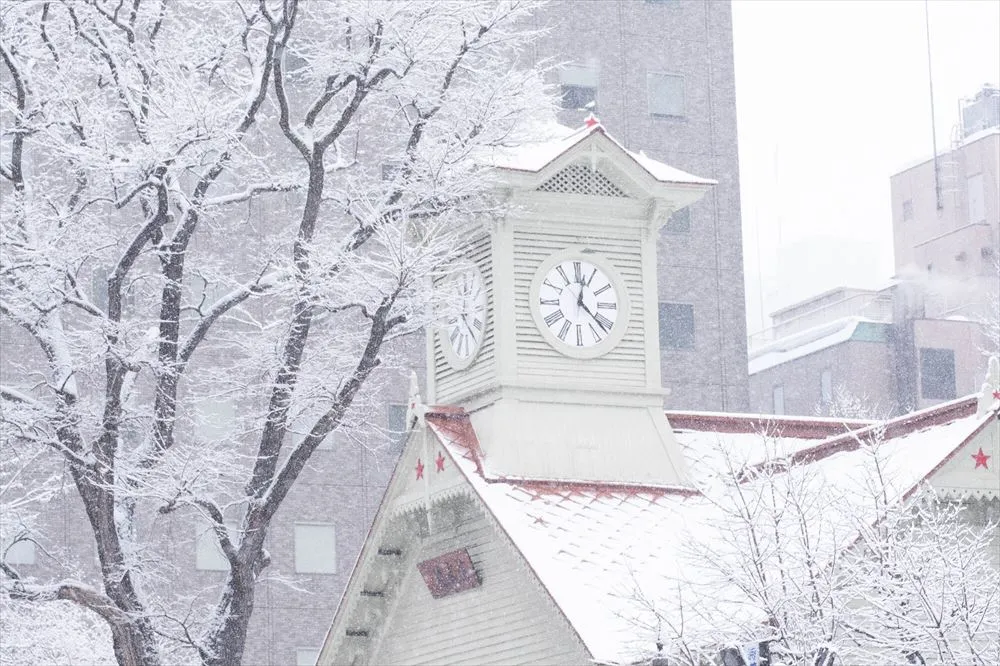
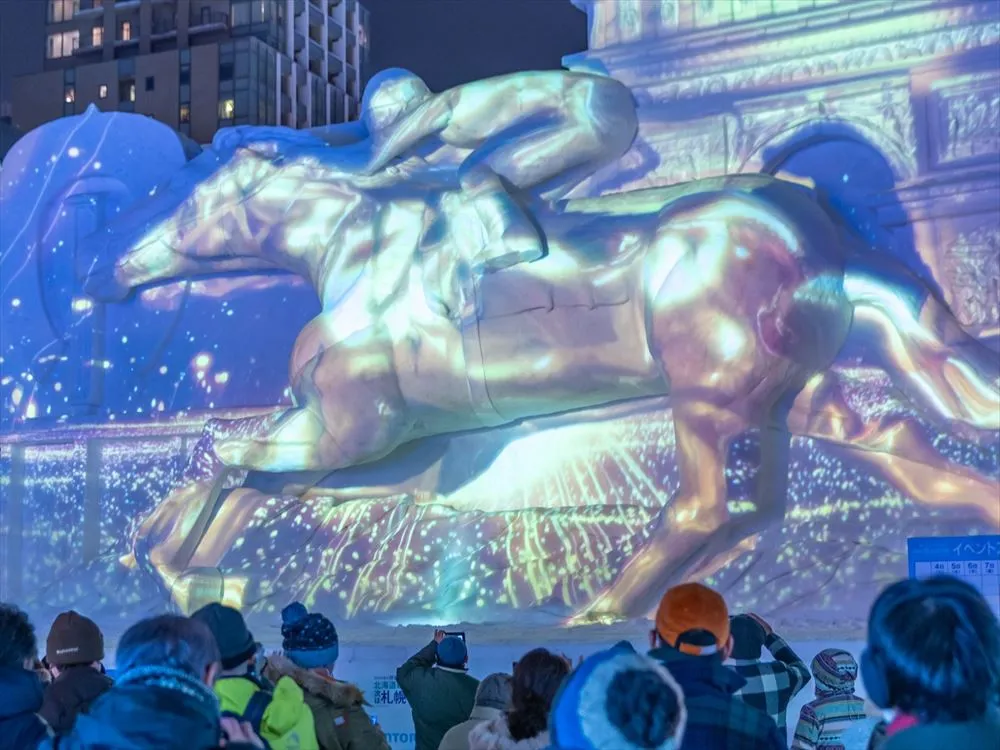 Other winter festivals include the Hirosaki Castle Snow Lantern Festival in Aomori, where beautiful snow lanterns light up the night, and the Yokote Kamakura Festival in Akita, where visitors can enjoy warm amazake (sweet fermented rice drink) inside snow-built huts and interact with locals. Additionally, the Tokamachi Snow Festival in Niigata offers numerous events where visitors can experience the region’s traditional culture, making it an unforgettable memory for those who attend. These festivals provide fantastic opportunities to immerse yourself in Japan’s winter charm.
Other winter festivals include the Hirosaki Castle Snow Lantern Festival in Aomori, where beautiful snow lanterns light up the night, and the Yokote Kamakura Festival in Akita, where visitors can enjoy warm amazake (sweet fermented rice drink) inside snow-built huts and interact with locals. Additionally, the Tokamachi Snow Festival in Niigata offers numerous events where visitors can experience the region’s traditional culture, making it an unforgettable memory for those who attend. These festivals provide fantastic opportunities to immerse yourself in Japan’s winter charm.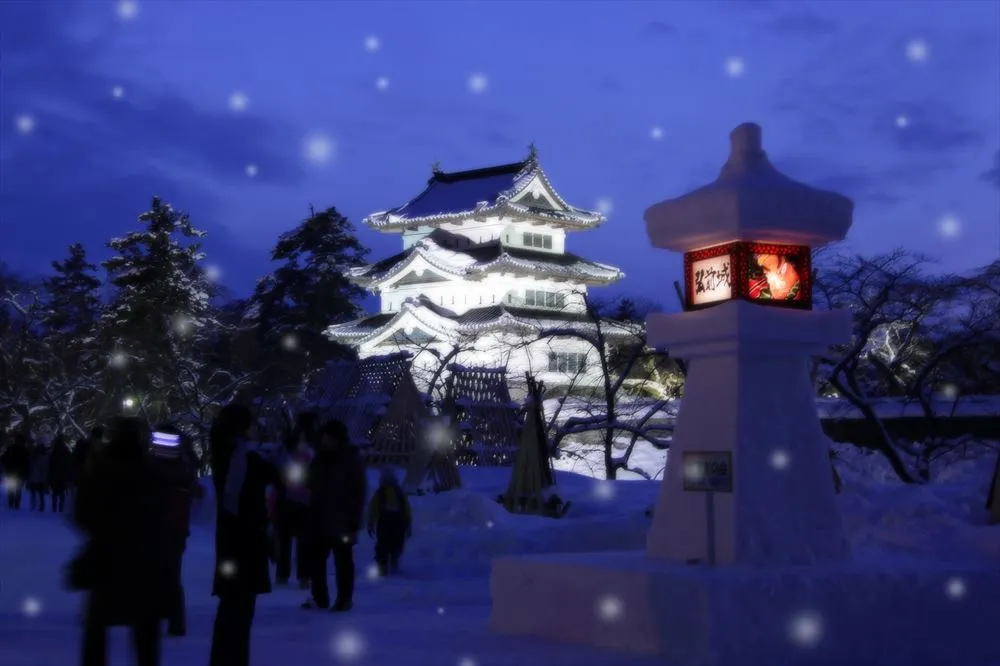
Winter sports and activities
Winter is an ideal season for a wide range of snow sports and activities. Skiing and snowboarding are some of the most popular, with world-renowned resorts like Niseko in Hokkaido and Hakuba in Nagano offering slopes for all levels, from beginners to experts. These resorts provide thrilling skiing experiences while enjoying comfortable facilities and beautiful snowy landscapes.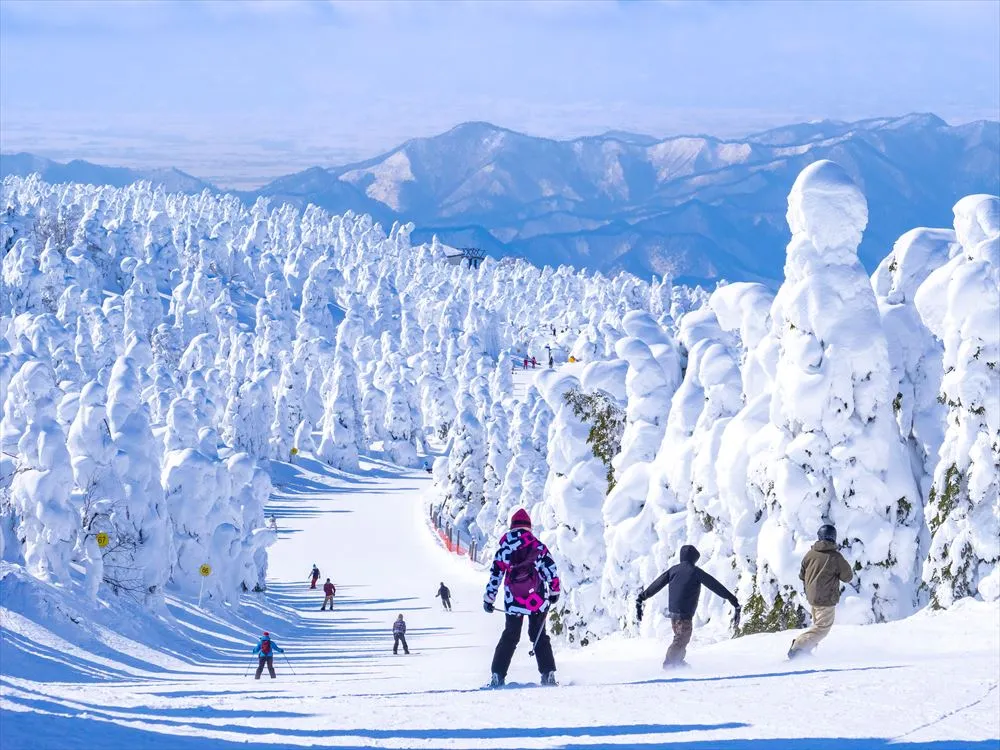
Snowshoeing and winter hiking are also popular winter activities. Walking through serene snowy landscapes while connecting with nature is perfect for a refreshing break.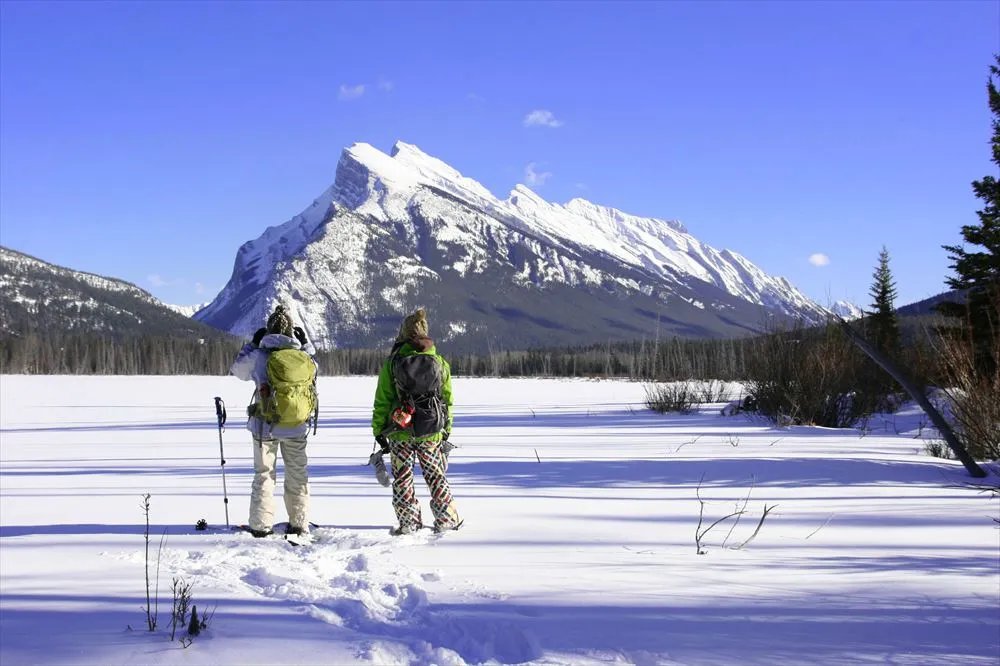
Additionally, outdoor ice skating rinks open in many cities during winter, providing a fun way to glide through the chilly air with family and friends.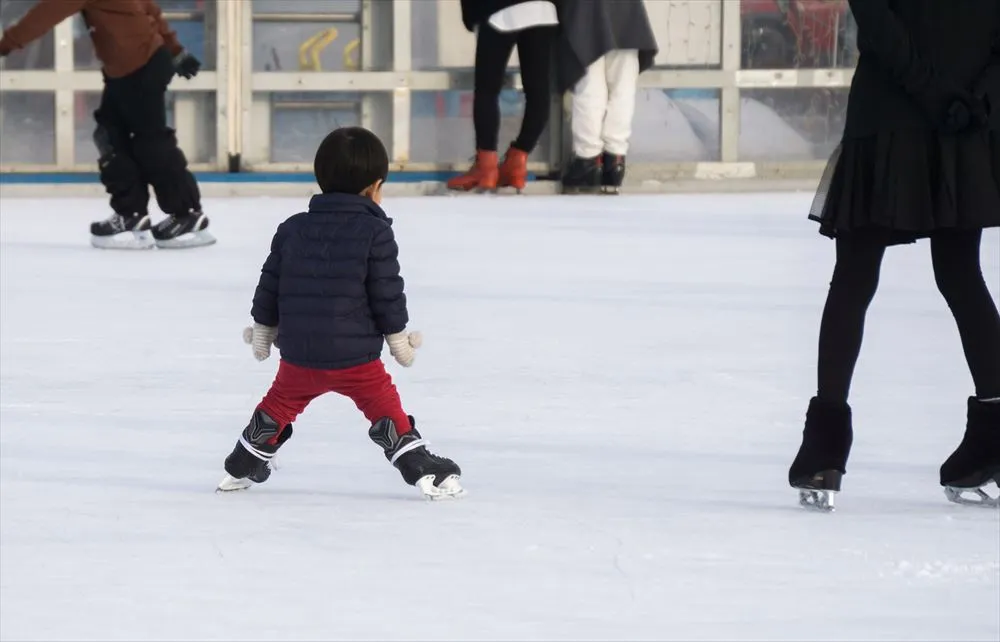
Hot Springs (Onsen) and Relaxation
As winter chill sets in, many people seek ways to warm up and relax, and Japan’s hot springs provide the perfect remedy. Onsen are hot spring baths that use naturally sourced hot water, beloved by many for their relaxing effects. Especially during the winter months, they are popular for warming the body from the core and helping people forget the fatigue of daily life.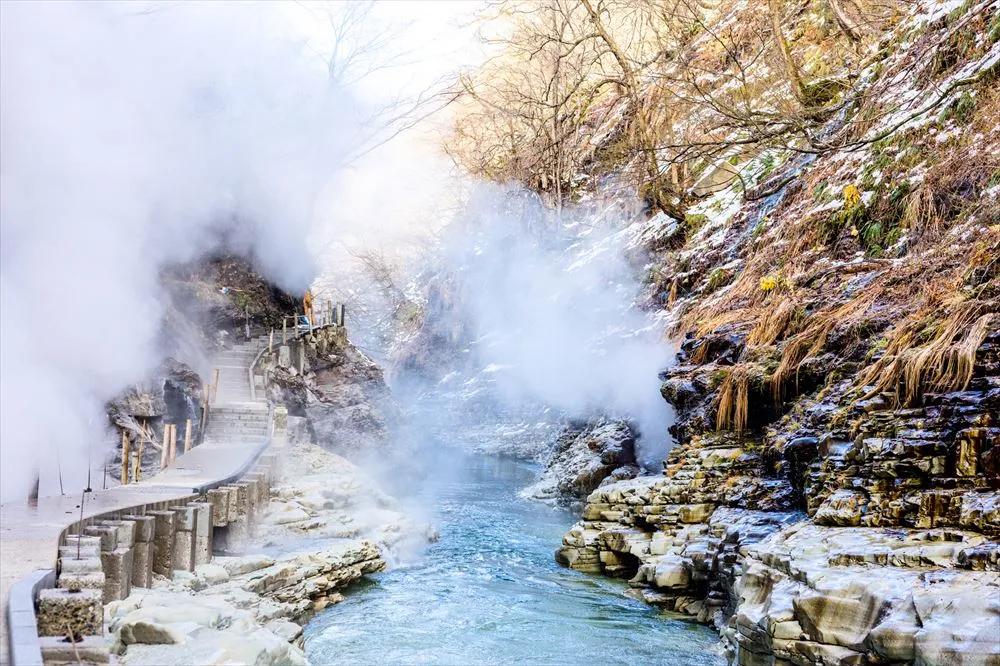
Japan is home to numerous famous hot spring resorts, each offering its own unique charm. For instance, Noboribetsu Onsen in Hokkaido is renowned for its diverse mineral-rich waters, and Kusatsu Onsen in Gunma, one of the Three Famous Hot Springs of Japan, is easily accessible from Tokyo. Visitors to these hot springs can also enjoy local delicacies and nearby attractions, making for an all-around rejuvenating experience.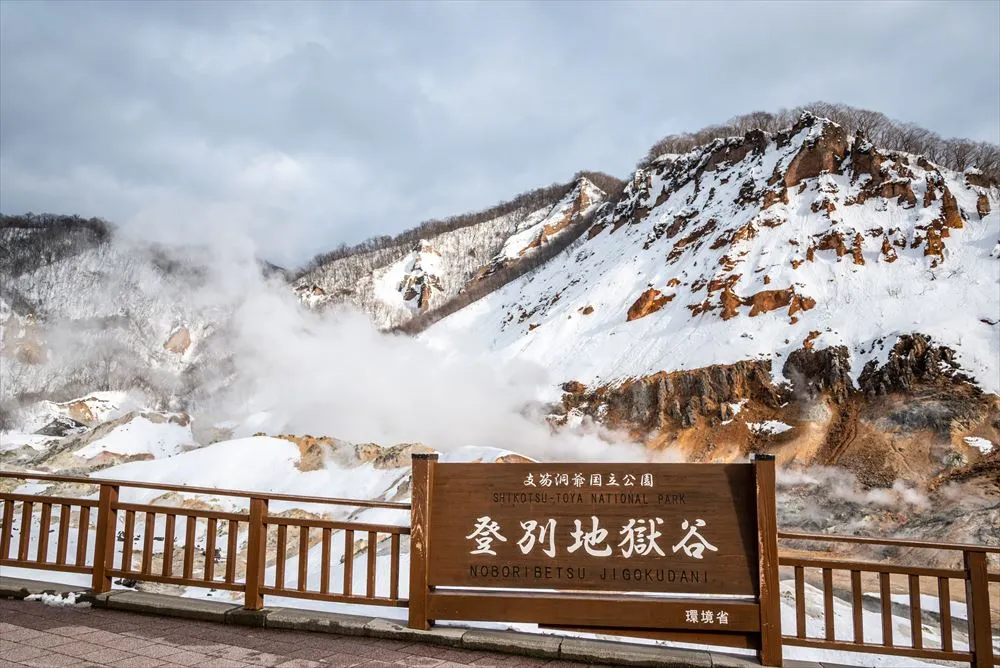
Reccomended food and drinks in winter
Winter in Japan brings cravings for warm, comforting food and drinks. One of the most popular winter dishes is nabe (hot pot), which includes various types such as yosenabe, sukiyaki, and shabu-shabu. These dishes shared with family and friends warm both the body and the soul. The ingredients include seasonal vegetables and seafood, providing a well-balanced meal that’s perfect for the cold winter months.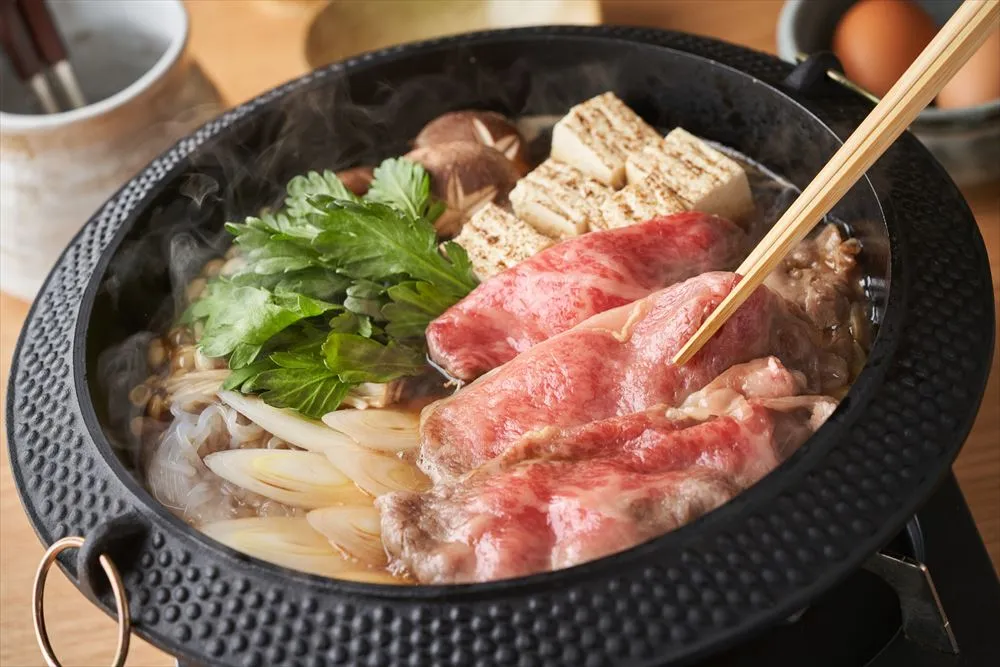
In terms of drinks, amazake (a sweet, fermented rice drink) and warm sake are traditional winter favorites. Amazake, which is often alcohol-free, can be enjoyed by people of all ages and provides warmth from within, making it the perfect companion for winter strolls. For adults, warm sake enhances its fragrance and offers deep warmth. Other hot beverages, such as green tea or hojicha (roasted green tea), are also excellent for unwinding during the colder months.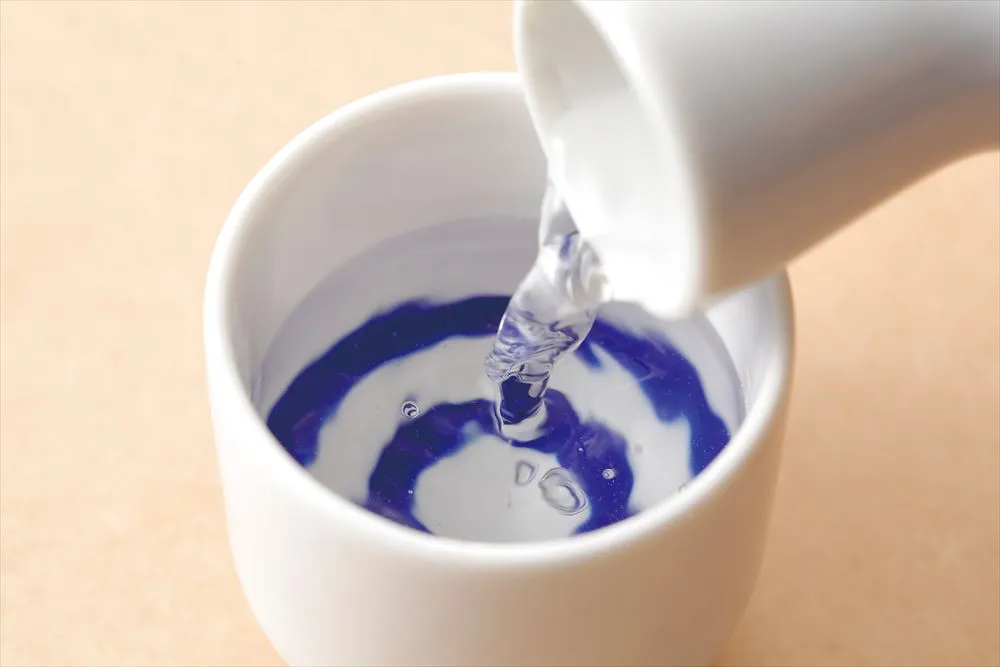
Packing Essentials
When visiting Japan in winter, it’s essential to pack warm clothing. A thick coat or jacket is a must, especially if you’re visiting northern regions like Hokkaido or Tohoku, where you should opt for one with strong insulation. Layering with sweaters or fleece is also recommended to handle temperature changes between indoors and outdoors.
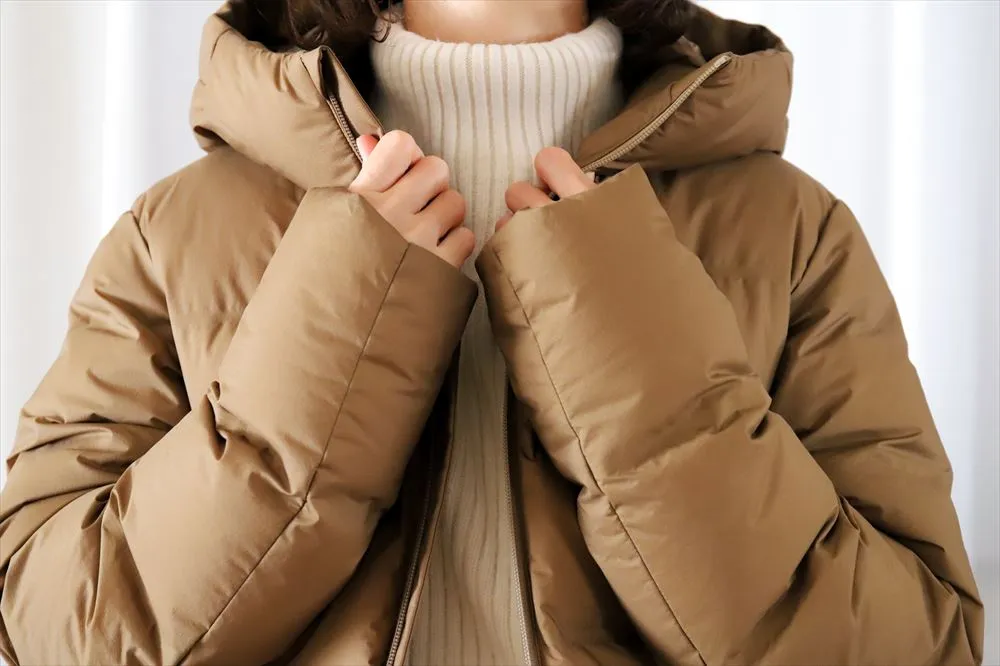
Don’t forget accessories such as gloves, scarves, and hats to keep warm and stylish. Touchscreen-compatible gloves are especially handy for using smartphones in the cold. For footwear, warm socks and insulated boots are essential, especially in snowy areas where waterproof and slip-resistant shoes are recommended for walking on icy or snowy streets.
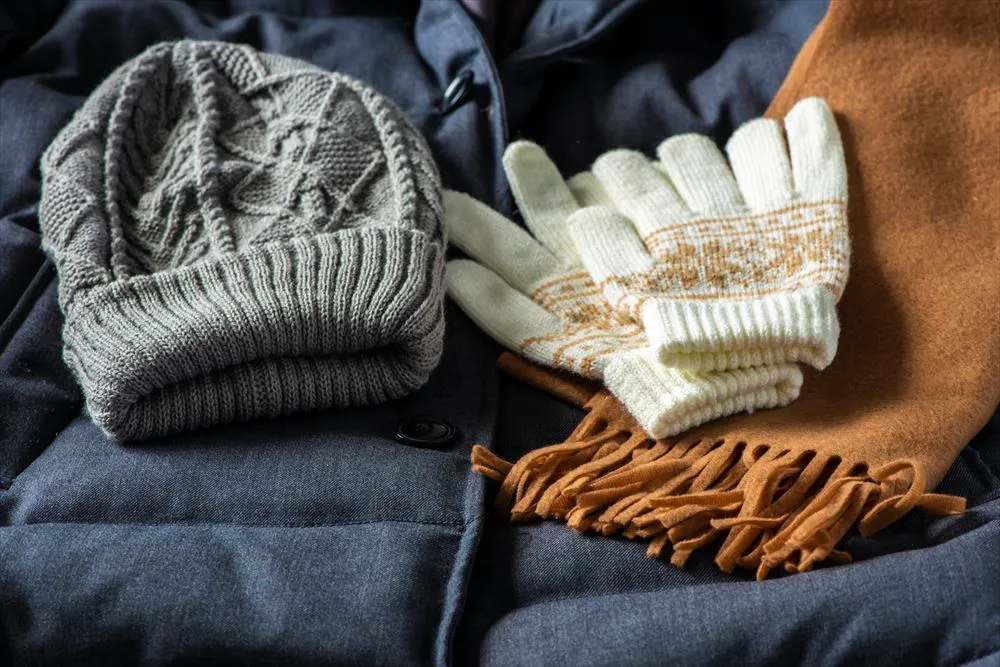
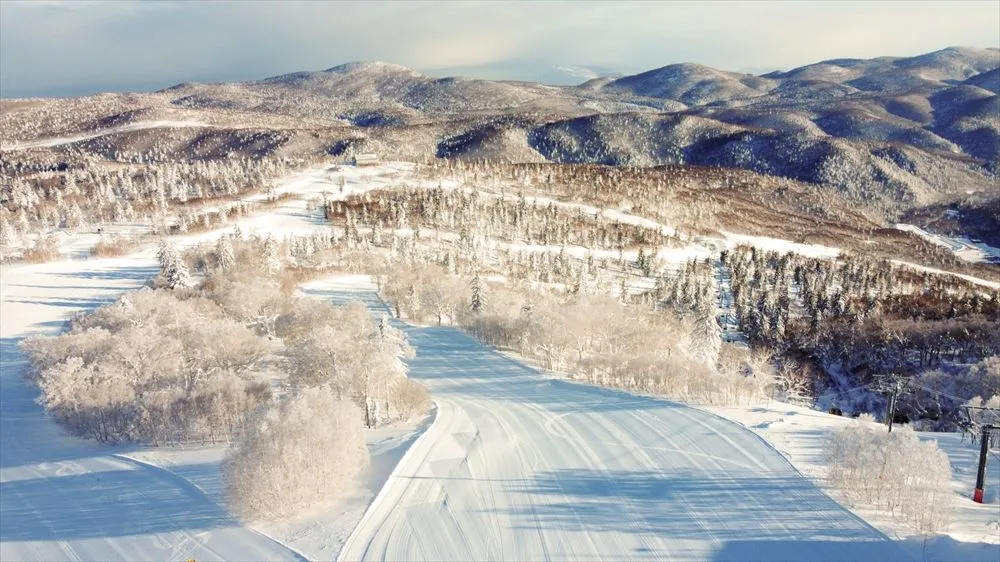
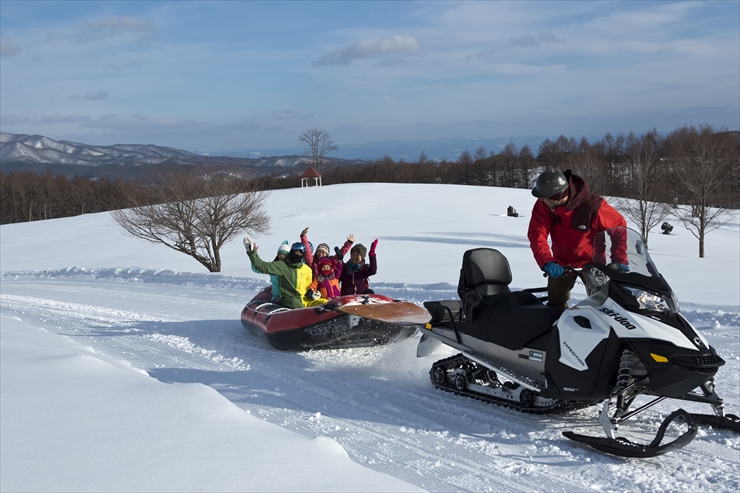
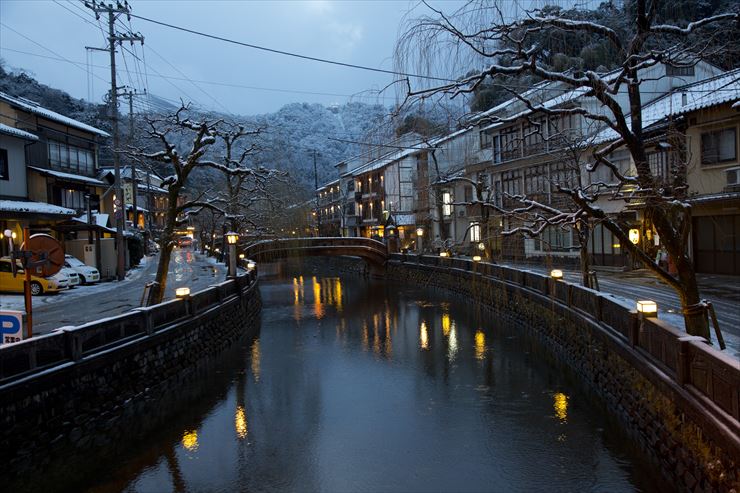


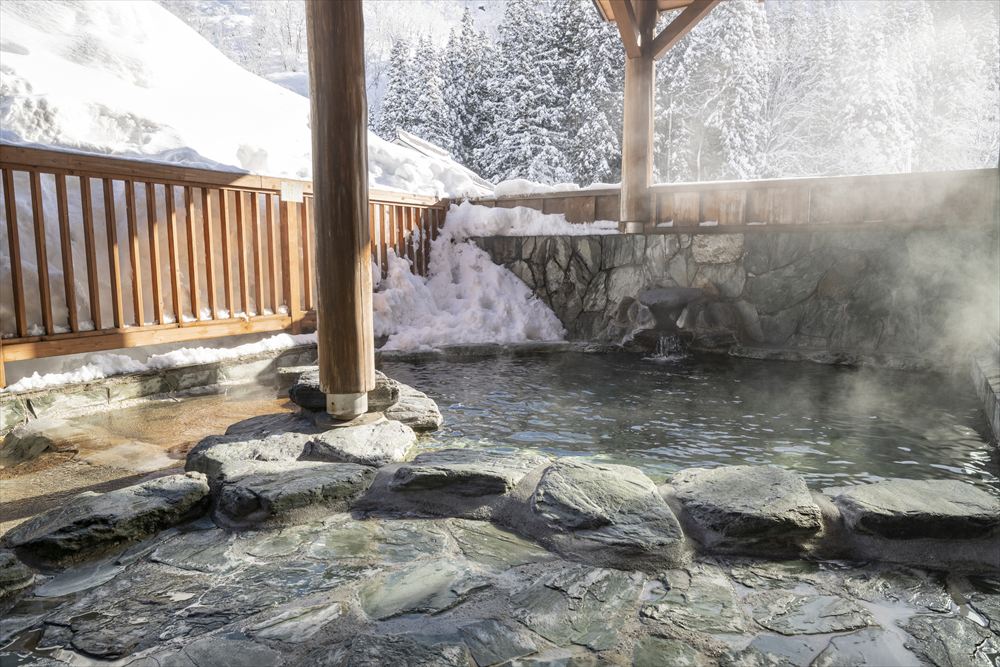
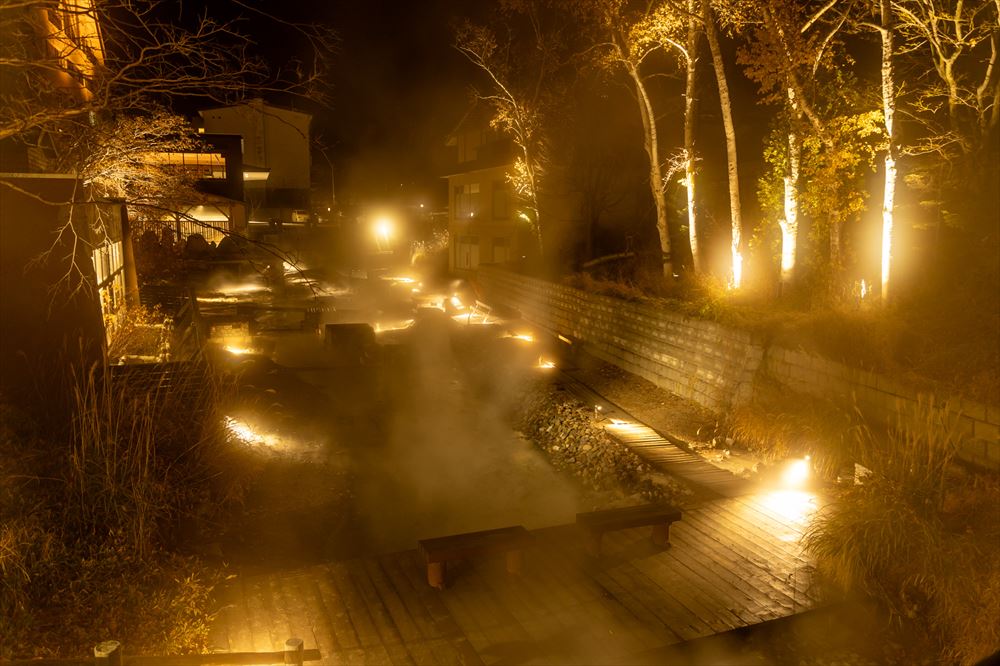
_R.webp)
